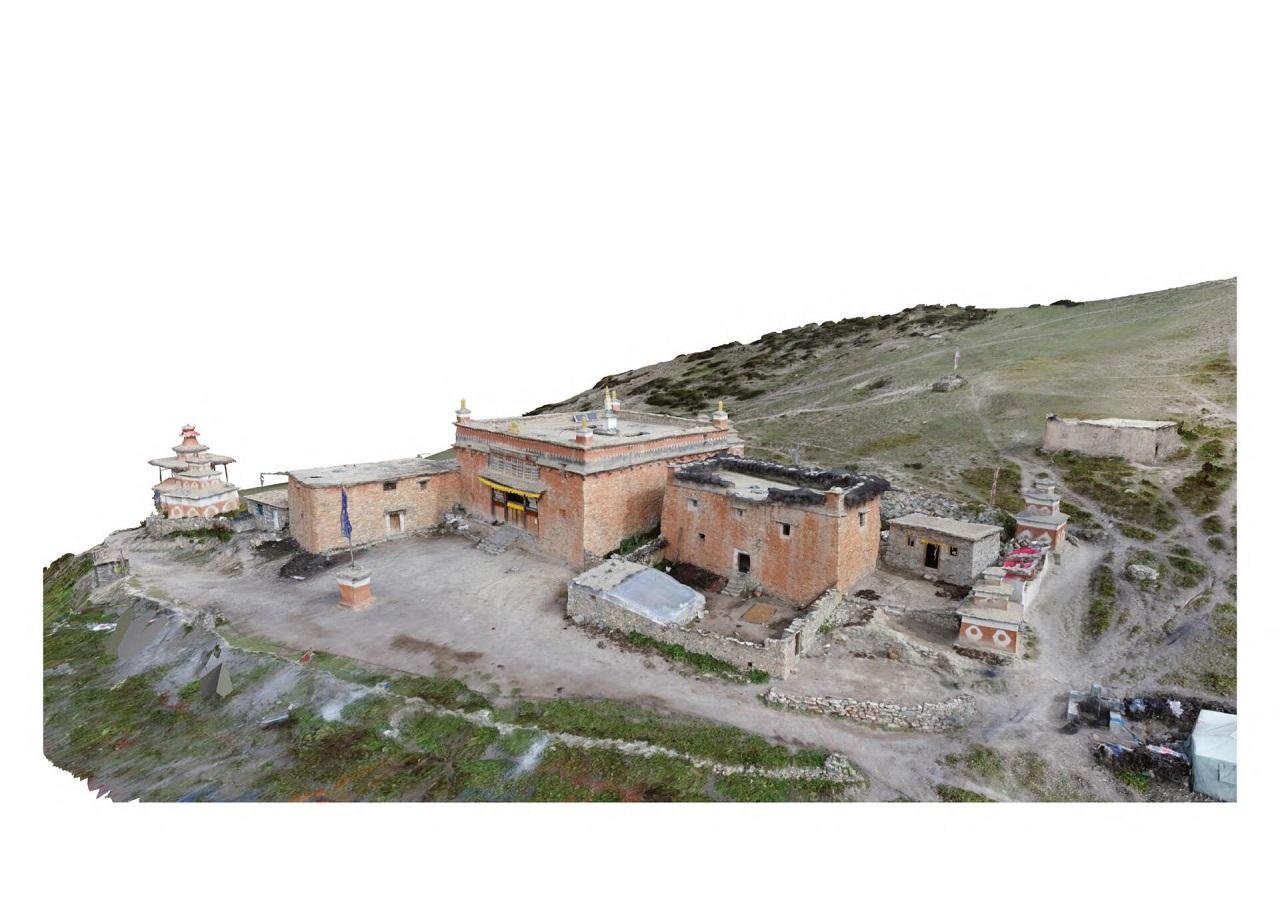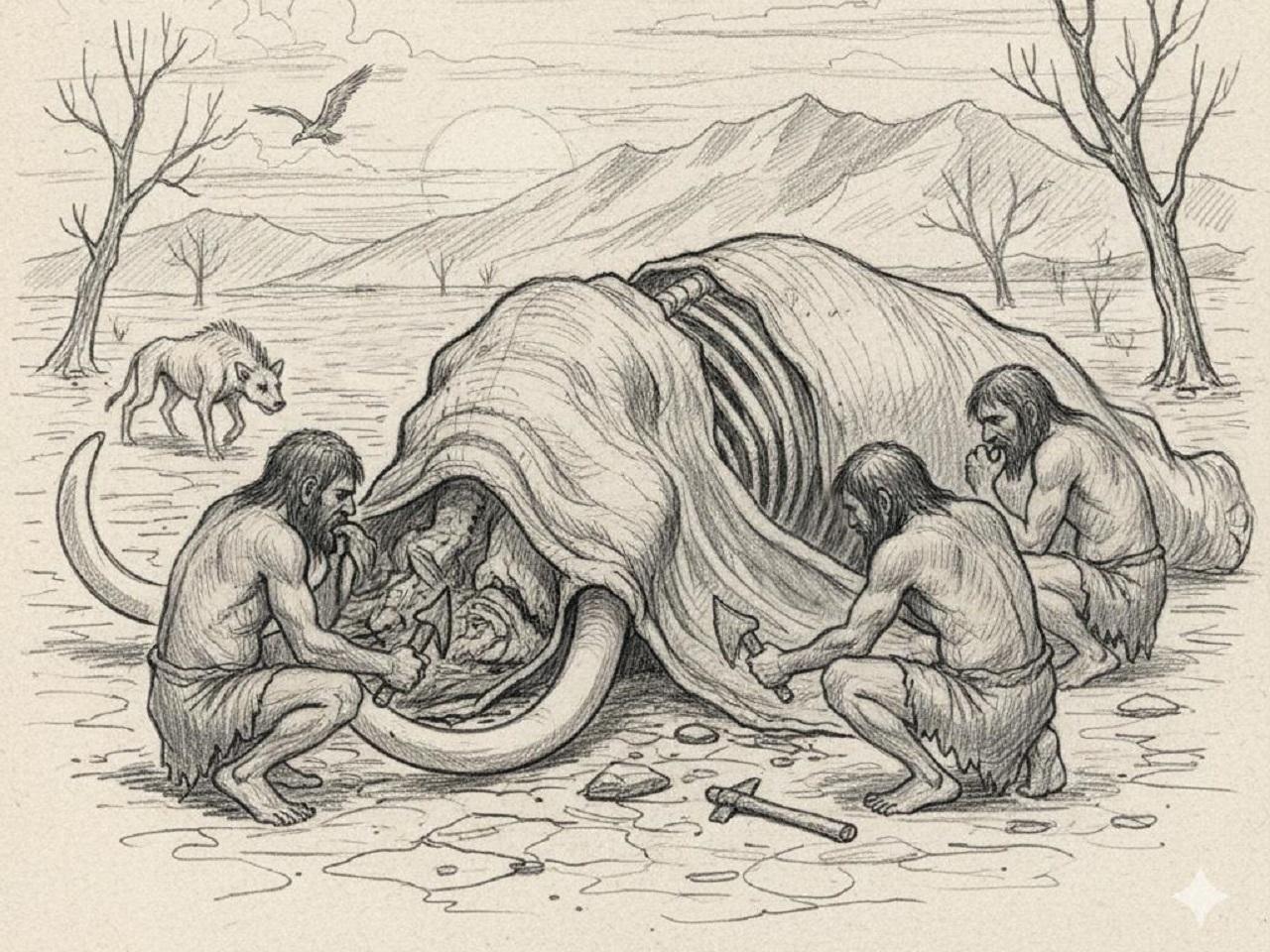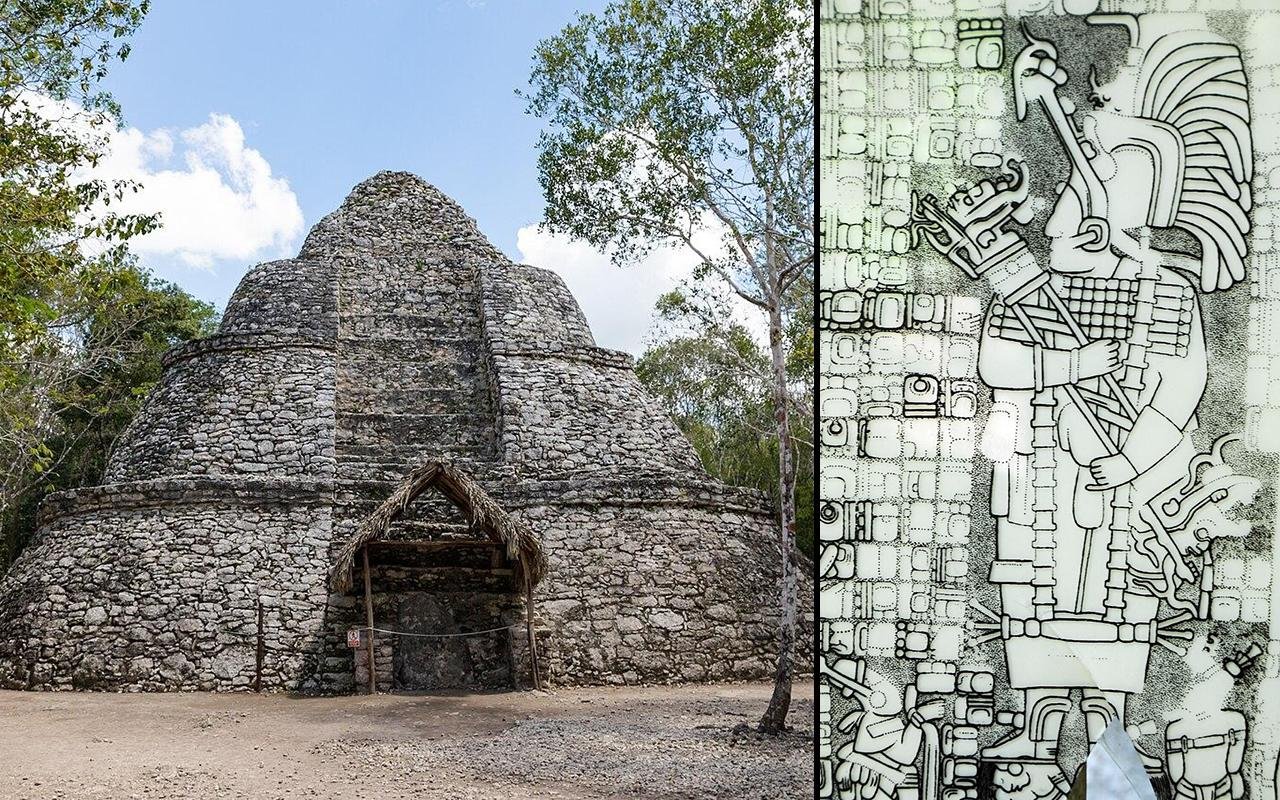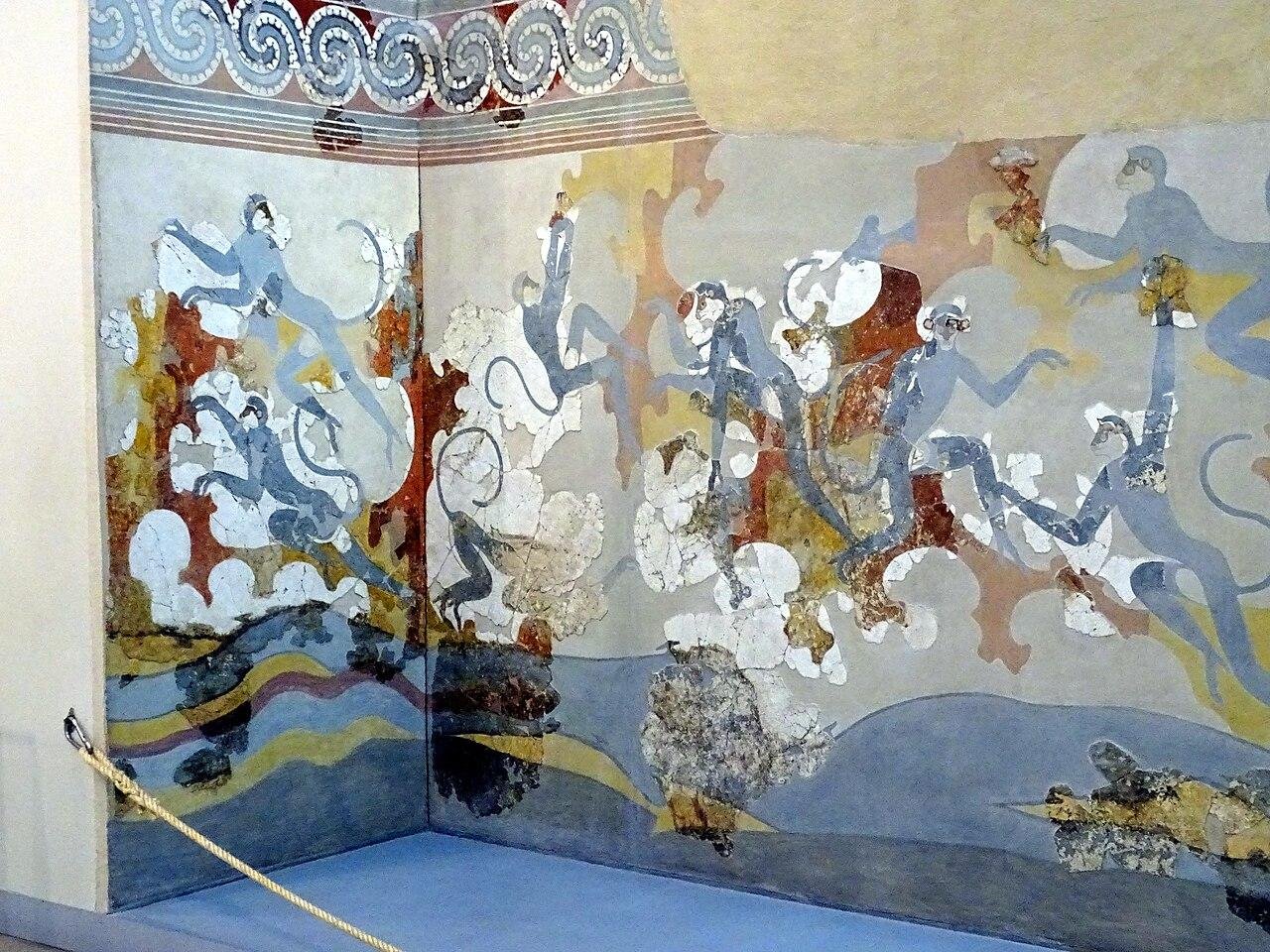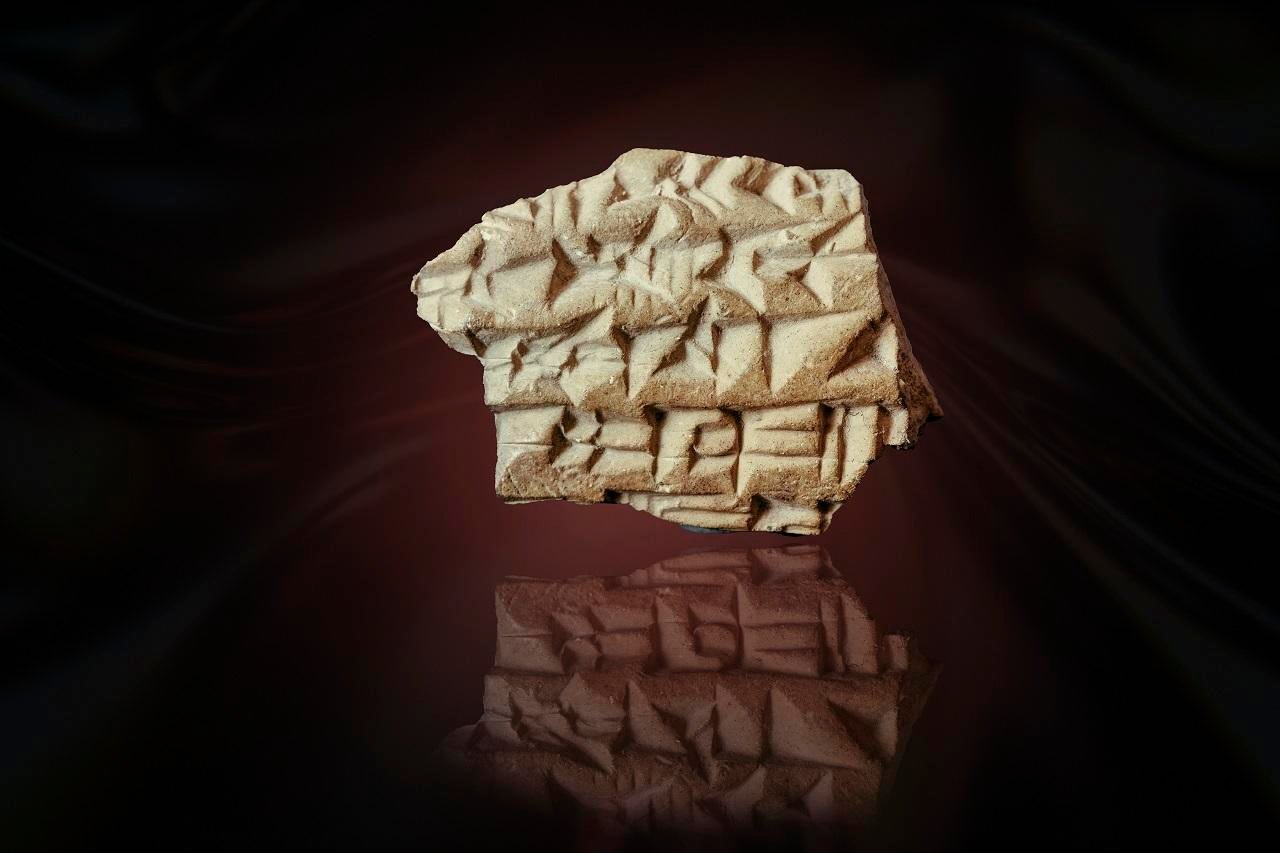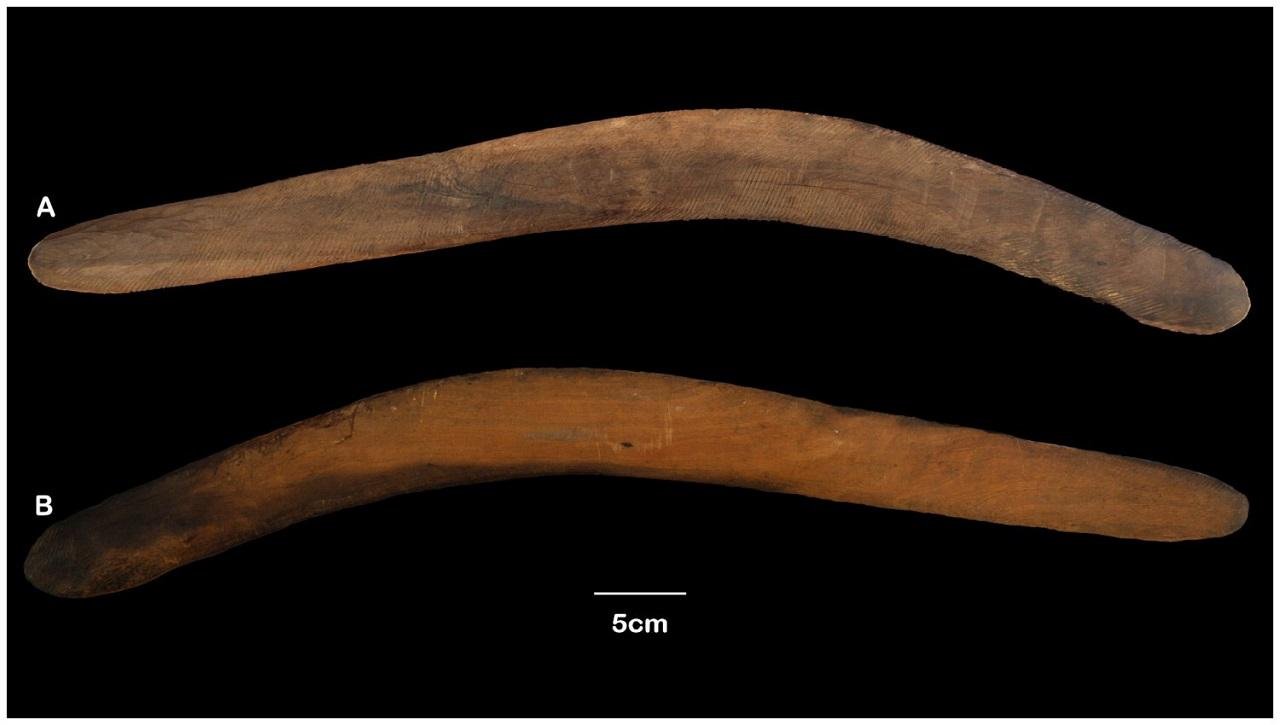In a historic event for archaeology and Iranian heritage, the Prehistoric Sites of the Khorramabad Valley were officially inscribed on the UNESCO World Heritage List at the 47th session of the UNESCO World Heritage Committee in Paris on July 11, 2025. It is the first time that a Paleolithic site in Iran has ever appeared on the prestigious list, marking an important milestone in the global recognition of early human history in the Zagros Mountains.
 Ghamari Cave, Khorramabad Valley – Middle Paleolithic to Chalcolithic period. Credit: Courtesy of Dr. Fereidoun BiglariA Window into 60,000 Years of Human History
Ghamari Cave, Khorramabad Valley – Middle Paleolithic to Chalcolithic period. Credit: Courtesy of Dr. Fereidoun BiglariA Window into 60,000 Years of Human History
Situated in the western Zagros mountain range, the Khorramabad Valley has been an important cultural and ecological corridor between Mesopotamia, the Iranian Plateau, and Central Asia for millennia. “Its karst landscape is rugged and hard,” states Ata Hasanpour, Director General of Lorestan’s Cultural Heritage, Tourism and Handicrafts Department, “but it is home to caves and rock shelters that inform us about 60,000 years of human activity, from Middle Paleolithic times to the Bronze Age.
The UNESCO inscription includes five scientifically verified archaeological sites: Yafteh, Ghamari, Kunji, Gilvaran, and Gar Arjeneh, which collectively provide an extraordinary and continuous cultural sequence. The sites give invaluable information about the development of human behavioral and adaptive processes through tens of millennia, from mobile hunter-gatherers to increasingly complex and sedentary societies.
 Yafteh Cave, Khorramabad Valley – Upper Paleolithic period. Credit: Courtesy of Dr. Fereidoun BiglariScientific Collaboration Behind the Inscription
Yafteh Cave, Khorramabad Valley – Upper Paleolithic period. Credit: Courtesy of Dr. Fereidoun BiglariScientific Collaboration Behind the Inscription
The nomination is the culmination of years of interdisciplinary research and collaboration among Iranian and international experts. Dr. Sonia Shidrang, a Shahid Beheshti University archaeologist specializing in Paleolithic archaeology, led the scientific effort. She was the corresponding scientific author of the dossier submitted to ICOMOS in 2024. Her research in the Zagros region, at Yafteh Cave and Pa Sangar Rockshelter, was at the center of the dossier’s success.
Shidrang’s excavation at Yafteh contributed to redefining the Baradostian tradition (ca. 40,000–25,000 years ago) by revealing uncommon symbolic objects like marine shell beads, perforated deer teeth, and hemaтιтe pendants. These findings confirmed early symbolic behavior and contributed to the site’s Outstanding Universal Value—a critical requirement for UNESCO inscription.
“By placing the Khorramabad Valley into the global narratives of human evolution and symbolic culture,” Shidrang said, “we demonstrated that the region holds crucial scientific importance.”
The Sites: A Tapestry of Early Human Life
Each of the five inscribed sites tells a story. Yafteh Cave offers a record of early symbolic expression in the region by modern humans. Ghamari Cave offers a sequence of human occupation from Neanderthals through to Chalcolithic herding communities, representing key population transitions in Southwest Asia.
Kunji Cave is notable for its long stratigraphic record, including Middle Paleolithic artifacts and burials from later periods. This record traces the gradual transformation from nomadic foraging groups into more permanent populations—a core narrative in understanding human resiliency and adaptation.
Dr. Shidrang noted that not only do these sites document technological progress and symbolic thought, but also testify to Homo sapiens’ and Neanderthals’ contact zones—another facet central to studies of human evolution.
 Reconstruction of Upper Paleolithic hunters based on findings from Yafteh Cave. Credit: Courtesy of Dr. Fereidoun BiglariA Decades-Long Recognition
Reconstruction of Upper Paleolithic hunters based on findings from Yafteh Cave. Credit: Courtesy of Dr. Fereidoun BiglariA Decades-Long Recognition
University of Michigan Professor Emeritus and co-director of the Kunji Cave 1969 excavation, John D. Speth, greeted the inscription as a long-overdue recognition of the significance of the valley.
“It is deeply moving to know that the work we carried out over 50 years ago contributed to this achievement,” added Speth. “The caves at Khorramabad preserve one of the most intriguing records of how Homo sapiens dispersed into Eurasia and interacted with Neanderthals and other archaic human species.”
He also recalled the hospitality of the local Lur people and the stunningly beautiful nature of the valley and referred to it as “a place that leaves a lasting impression.”
Iran’s Rising Role in Global Heritage
Fereidoun Biglari, the head of Iran’s National Museum Paleolithic Department and a key contributor to the UNESCO nomination and leader of recent excavations at Ghamari Cave, underlined the scientific importance of the sites. “All five sites yield strong evidence for Neanderthal occupation and offer valuable insight into their material culture, subsistence strategies, and interactions with early Homo sapiens who migrated to the Zagros around 45,000 years ago,” he stated.
 Kaldar Cave, Khorramabad Valley – Middle and Upper Paleolithic periods. Credit: Courtesy of Dr. Fereidoun BiglariA Global Contribution to the Human Story
Kaldar Cave, Khorramabad Valley – Middle and Upper Paleolithic periods. Credit: Courtesy of Dr. Fereidoun BiglariA Global Contribution to the Human Story
With this new inscription, Iran joins a distinguished club of countries that preserve Paleolithic sites on the World Heritage List—such as France’s Vézère Valley, Spain’s Altamira Cave, China’s Zhoukoudian, Indonesia’s Sangiran, and India’s Bhimbetka.
For the international archaeological community, the recognition of Khorramabad’s prehistoric site is not only a scholarly triumph but a cultural milestone. The region now holds its rightful place in the world’s human evolution, bridging continents, timelines, and species in one valley, which has witnessed over 60,000 years of human history.
